Space surveillance
Every time a satellite is launched, there is allways a periode that is known as the TLE lotery. This is the time that we try to find out what object belongs to what satellite. Many amateur radio satellite enthusiast is every time searching for the match. During my search I came across the following article. Maybe it is a way to help and find the match between objects and satellites.
Graves, a space surveillance system
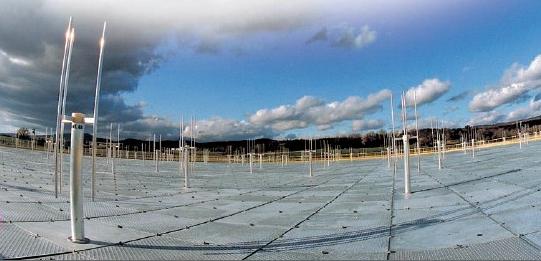
Build by ONERA, the Graves space surveillance system officially started operation on December 15, 2005. The French air force is now operationg the radar and processing system 24 hours a day to detect satellites flying over French territory, determine their trajectory, and create a catalog. Graves is the first space surveillance system in Europe. In 2005, ONERA also carried out a detailed study for a complete space debris surveillance system, allowing Europe to catalog the following:
- Objects less than 10 cm in low orbit (up to 2.000 km), using a radar system based on Graves. A high-gain transmitting antenna prototype was build to check the feasibility of high-power transmissions.
- Objects exceeding 1 meter in various orbits, including geostationary (36.000 km), using a distributed optical surveillance and tracking system, installed at four sites arround the world.
Operating frequency is 143.050 MHz.
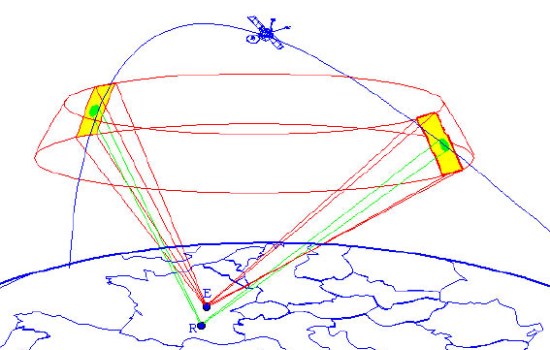
* The Graves Radar Principle, send and receive signals.
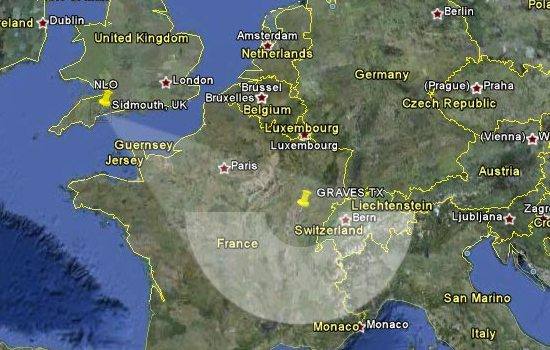
* The Graves Radar direction pattern.
The transmitter being located on a decommissioned airfield near Broye-lès-Pesmes.
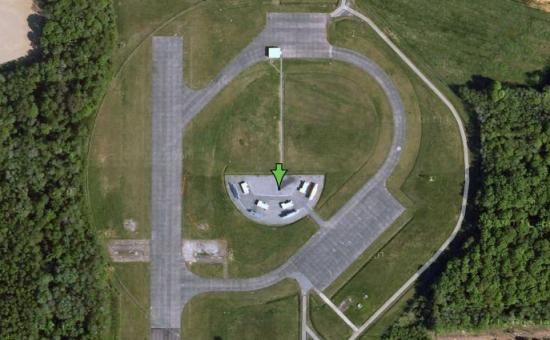
The receiver at a former missile site near Revest du Bion on the Plateau d’Albion.
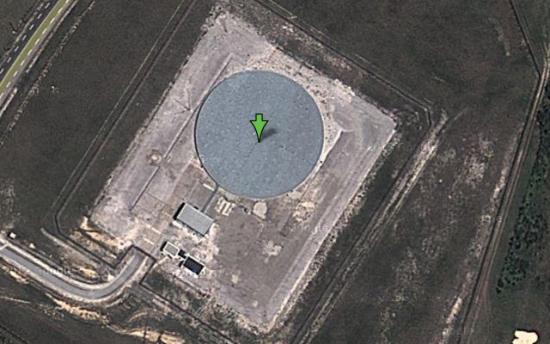
With this information, I will use my FUNcube dongle and some SDR software to see if we can receive signals on 143.050 MHz that are reflected from object that orbit the planet. Satellites of course, but maybe also plains, the Moon.
Homepage and other references:
PE1ITR – VHF and UHF weak signal experiments.
Graves Radar information.
